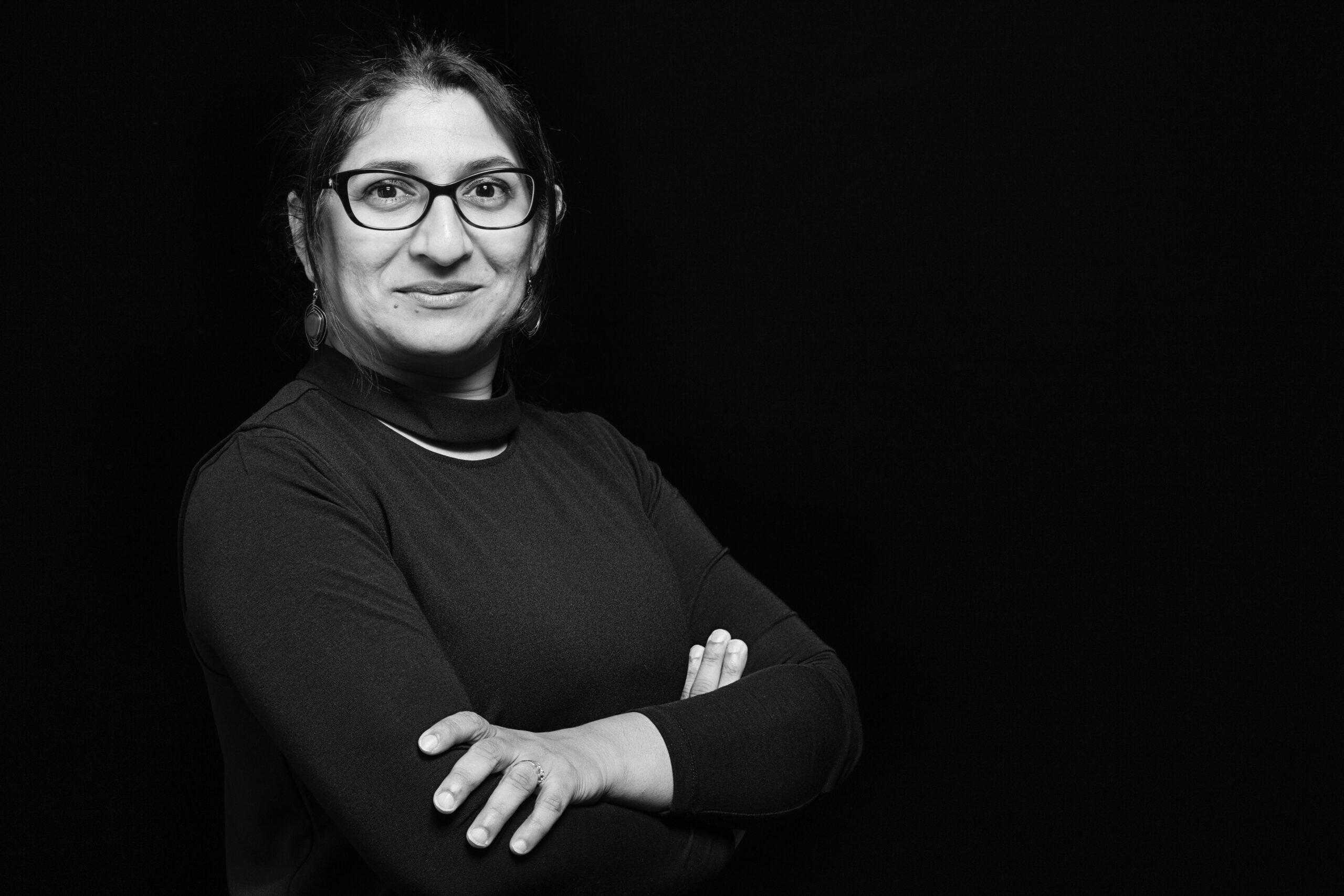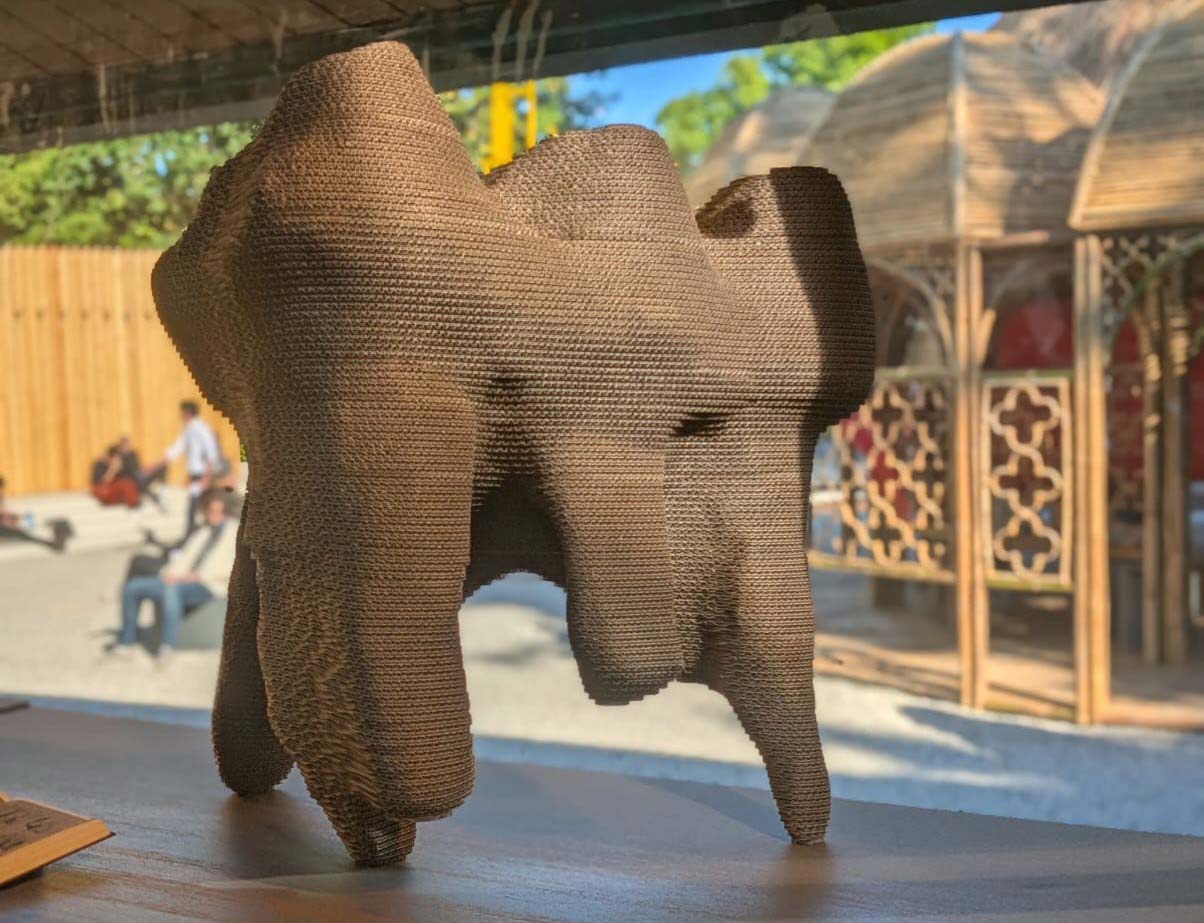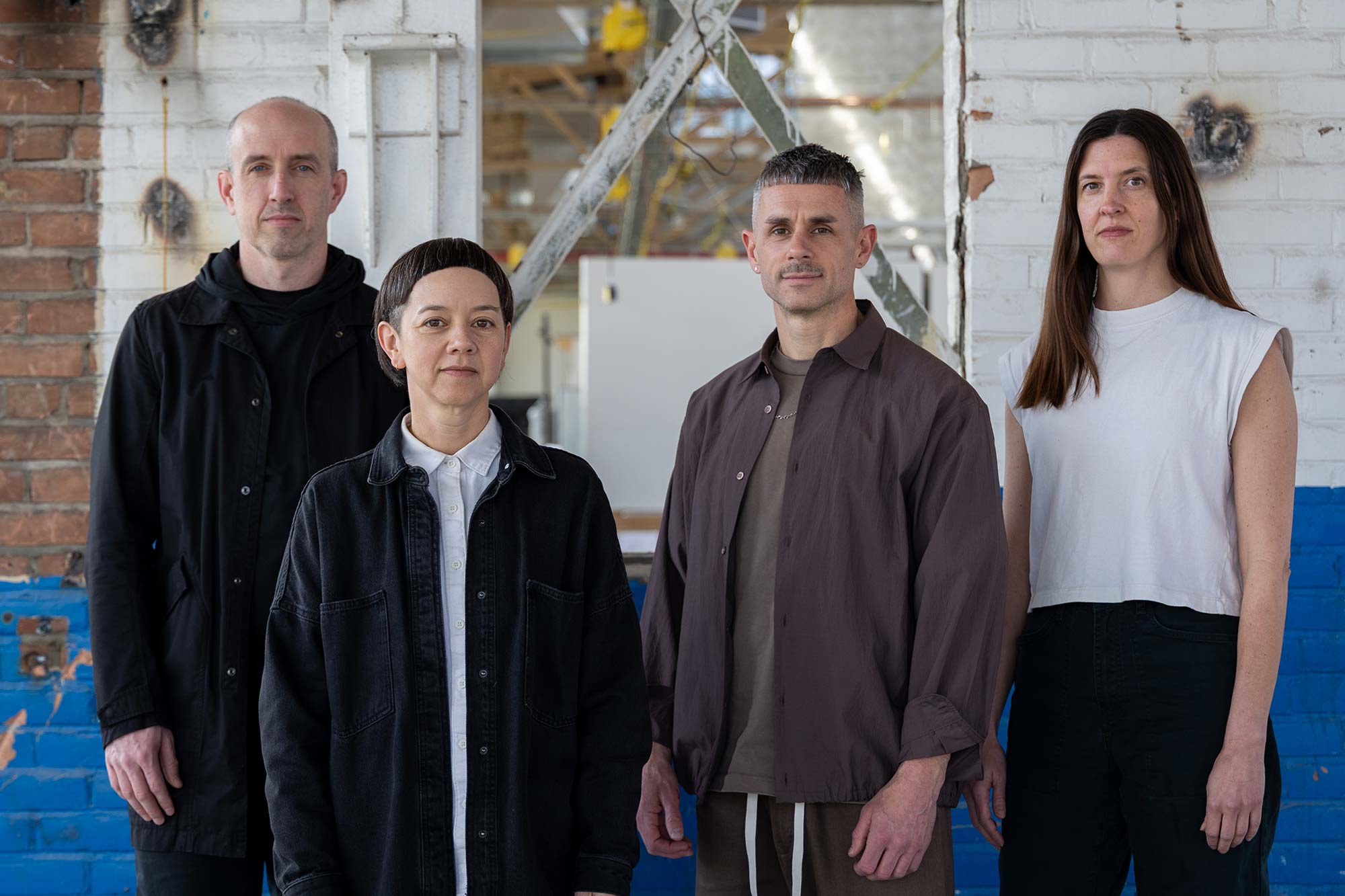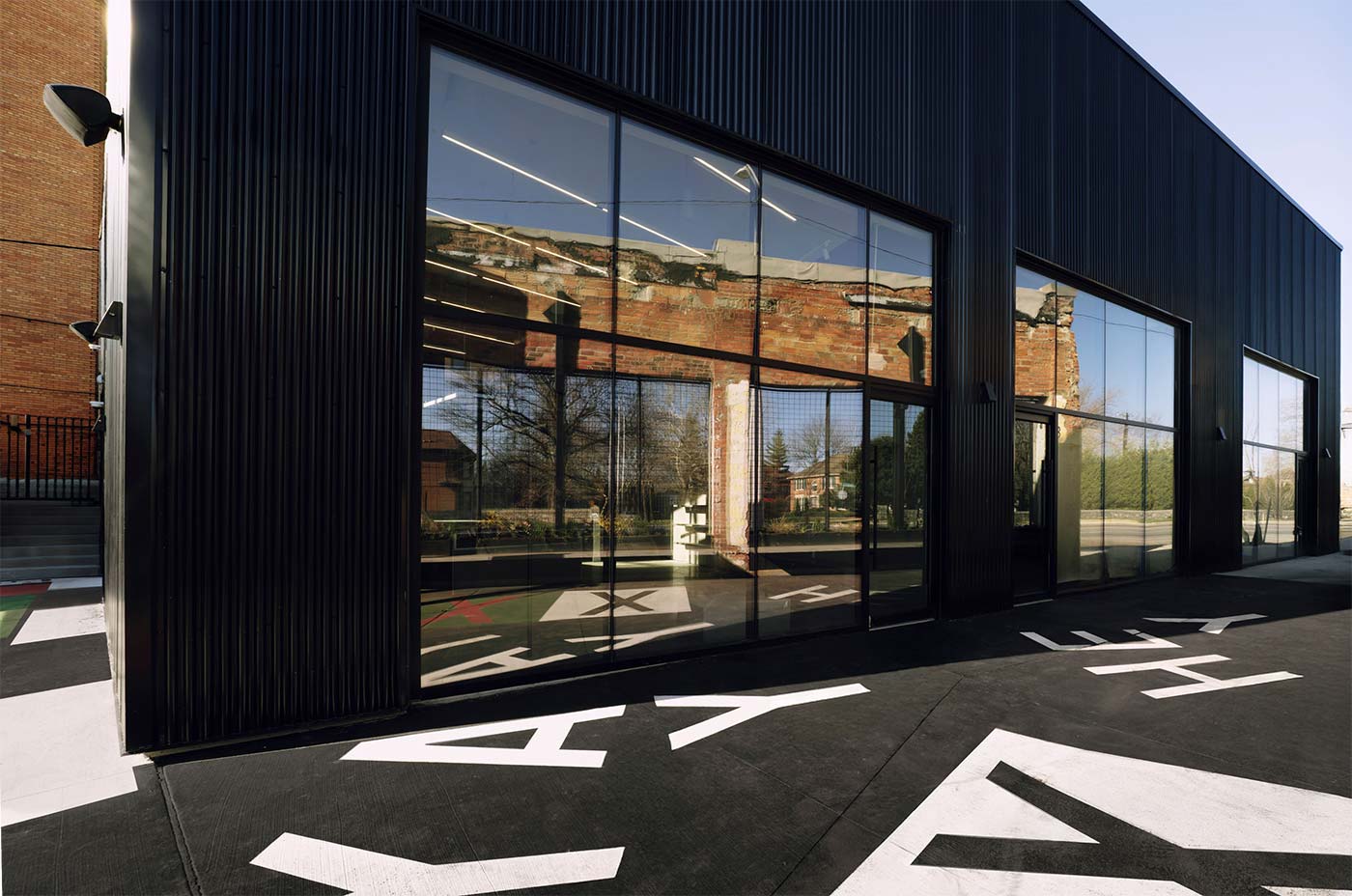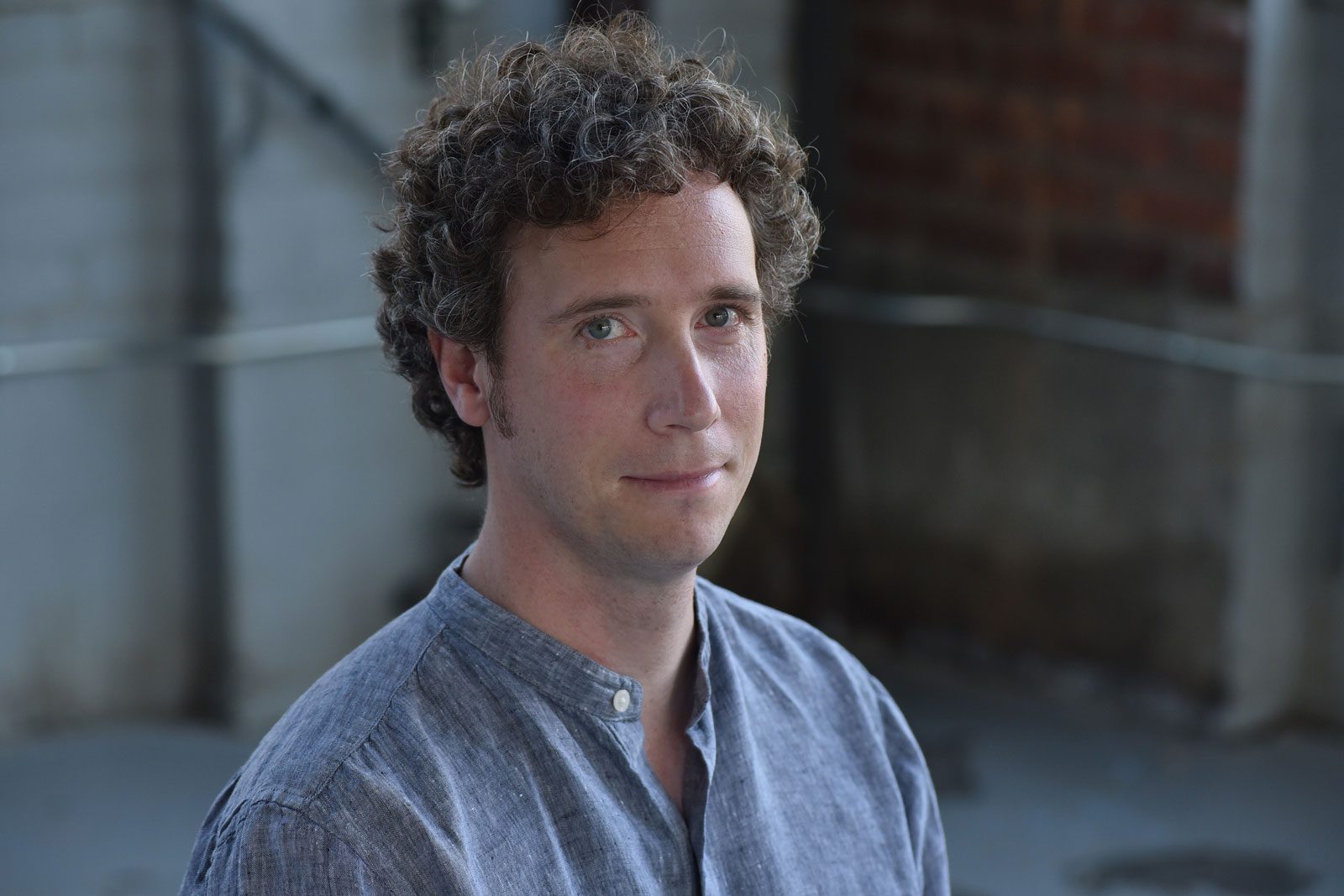
Rule Receives Funding from U-M’s New XR Initiative
“Augmented Tectonics” — a new project led by Jonathan Rule that will leverage both VR and AR to demystify construction concepts currently presented through abstract drawings and images — has received funding as part of the first wave of the University of Michigan’s new Extended Reality (XR) Initiative. Rule, an assistant professor of practice, is co-founder of MPR Arquitectos.
“The university is always asking ‘What’s next?’ and it’s thrilling to see the creative and multidisciplinary projects in health care, engineering and architecture as part of the XR Initiative,” said James Hilton, U-M vice provost for academic innovation. “These projects are looking at long-standing challenges in new ways and will allow our faculty to use XR to redefine what a hands-on, immersive education looks like for our students and learners beyond campus.”
XR encompasses augmented reality, virtual reality, mixed reality, and other variations of computer-generated real and virtual combined environments and human-machine interactions. The three-year funded initiative calls for the Center for Academic Innovation to seed new projects and experiments that integrate XR into residential and online curricula, and to create innovative public/private partnerships to develop new XR related educational technology. Financial awards for the first-round projects ranged from $12,000 to $25,000, and each award will be supported through a number of in-kind investments from the XR Initiative and the Center for Academic Innovation.
“The first wave of XR projects are looking at unique challenges in new ways and target a wide range of learners from high-schoolers through graduate students, said James DeVaney, associate vice provost for academic innovation and founding executive director of the Center for Academic Innovation. “That’s important to the center because to understand and make best use of innovative pedagogies and breakthrough technologies we need to design with diverse learners from the start.”
Rule’s project, “Augmented Tectonics,” will continue to develop a pilot teaching tool that leverages both virtual and augmented realities for the A317-417 construction courses at Taubman College. Initial research began in 2019 with support from the Center for Research on Teaching and Learning, Faculty Development Fund. This first phase allowed for the development of a beta app that will be further developed in a second phase with support from the XR Innovation Fund and the Center for Academic Innovation. Jonah Zimet, B.S. ’19, worked with Rule to develop some of the models that are being used in the project. Rule will engage additional student research assistants for the next phase of the project.
The objective for “Augmented Tectonics” is to deliver course content through both virtual and augmented realities. The virtual reality experience will allow for students to embody models that represent different construction methods based on material modules. By creating an immersive environment, construction concepts become more tactile and supplement current ways of learning through drawings and images. Seeing the content at a 1:1 scale in context with a comprehensive model will aid in the overall understanding of the content covered in the course. In addition, the virtual reality environment intends to provide a platform for the simulation of a construction site experience as a way to provide a hands-on experience in the classroom. The augmented reality component will be content embedded in an app that is accessible to students on a smart device. This content is intended to supplement the current course textbook by offering enriched content through a new digital platform. The project will focus on the development of a single material module over the course of the next year with the intention of expanding it to additional modules afterwards.
Learn more about U-M’s XR Initiative here.





